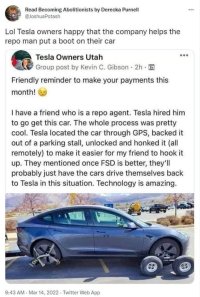andyinluton
Super Poster
VIP Member
- Messages
- 7,733
- Vehicle
- T6.1 Ocean 204 4 motion
Average of 19% increase since 2022 for all car insurance, according to the Comfused.com insurance price index. They cite the increased cost of repairs as the main factor.And yet, with EVs having by now generated a bunch of reasonably good actuarial data for insurance companies, EVs are not overall especially more expensive to insure than their ICE counterparts.
Don’t forget it’s not just the electric car owner that pays the increased costs it’s all owners as the chances of hitting an electric car are increasing all the time.





















